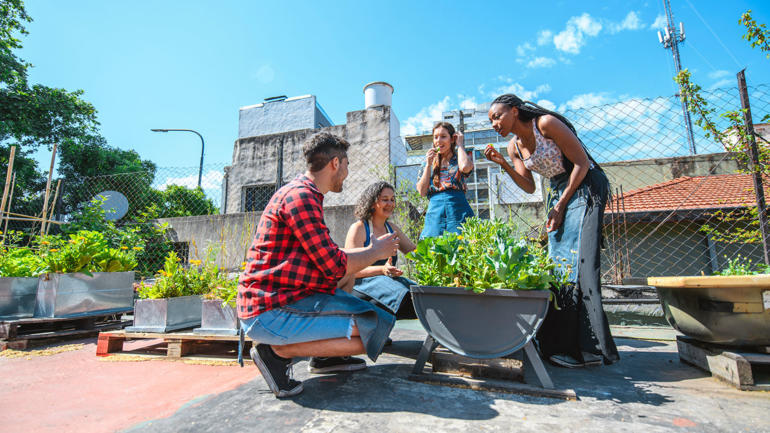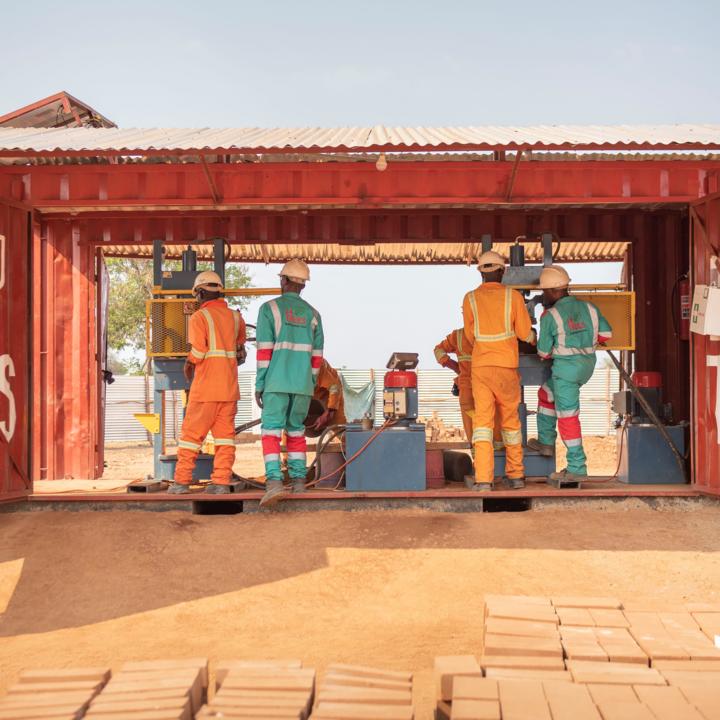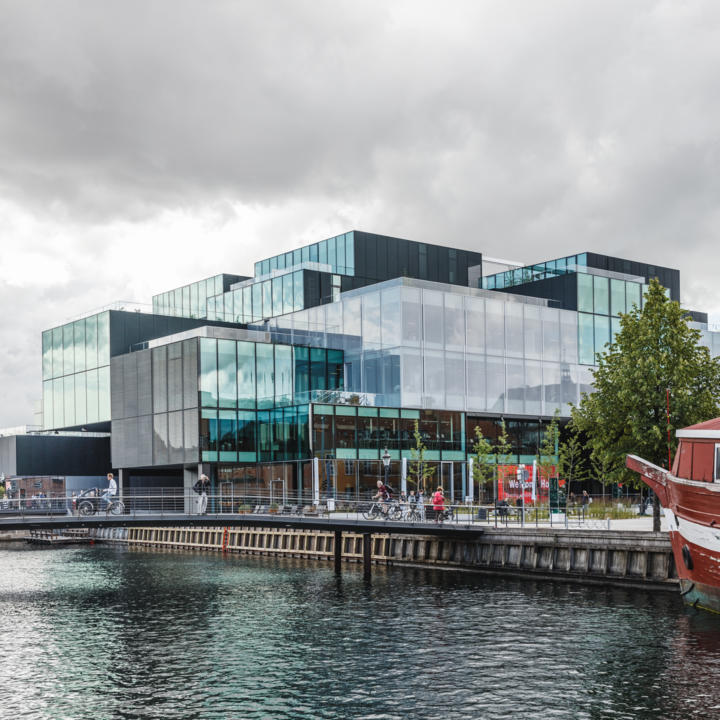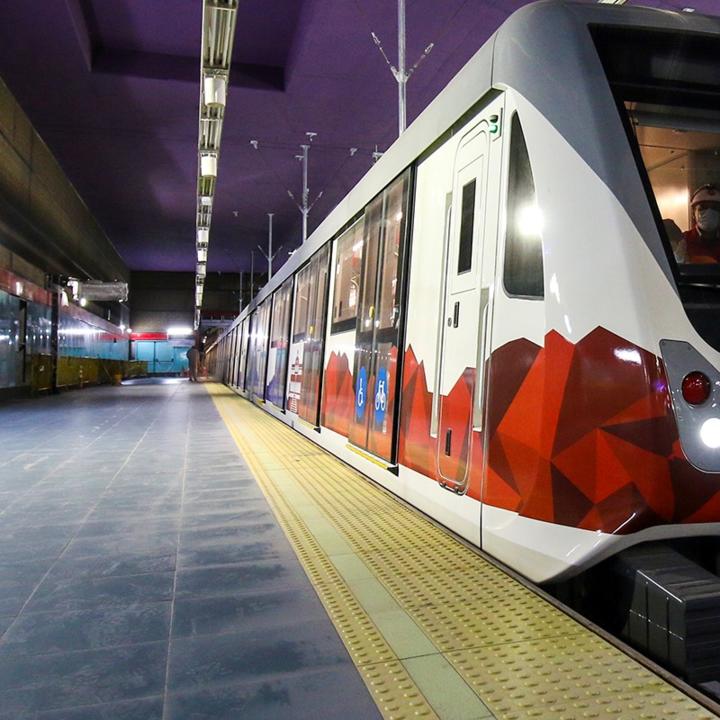Inclusive
Inclusive
Economic inequality has been increasing in recent decades, and nowhere is this more evident than in cities, where resource shortages and access to services disproportionally affect the most vulnerable and marginalized communities. An accessible and inclusive built environment accommodates the different ways in which people use space in cities. The "Inclusive" principle encourages buildings and space to be used easily, safely and with dignity, by all regardless of age, disability or gender. The sustainable built environment must foster opportunities for all, which can be done by creating more communal spaces with flexible purposes. Affordable and safe residential buildings are also key in the creation of inclusive communities.
Principles:
-
Social connectivity:
- Neighborhoods are designed to foster social cohesion in the community.
- Neighborhoods are designed and redesigned to be accessible, inclusive, safe, and secure for all, especially women, children and elderlies and provide opportunities for positive social interactions, creative expression and rest.
- The built environment is co-designed with the surrounding communities.
-
Pedestrianized street spaces:
- Pedestrian routes are created, and the design of the site facilitates use by different demographics.
- Space is designed and dedicated to vulnerable road users.
-
Flexible shared spaces:
- Shared space can be used for commercial activities, facilities, community space and for connecting people with nature.
- Urban areas are designed to ensure universal accessibility to green spaces, maximizing the space available to citizens for recreational activities.
- The built environment is flexible and adapts to demographic changes.
- Planners and architects adopt holistic approaches to the design of inclusive, green, and bio-diverse community spaces, as well as creating multi-functional buildings that support a range of interactive recreational activities.
-
Affordable housing:
- Governments and business partners ensure local and high-quality affordable, accessible and adaptable housing that is available for people on each stage of the socio-economic ladder.
- Reflecting demographic changes, infrastructure adapts to meet the needs of aging populations, with accessible, connected and inclusive housing.




